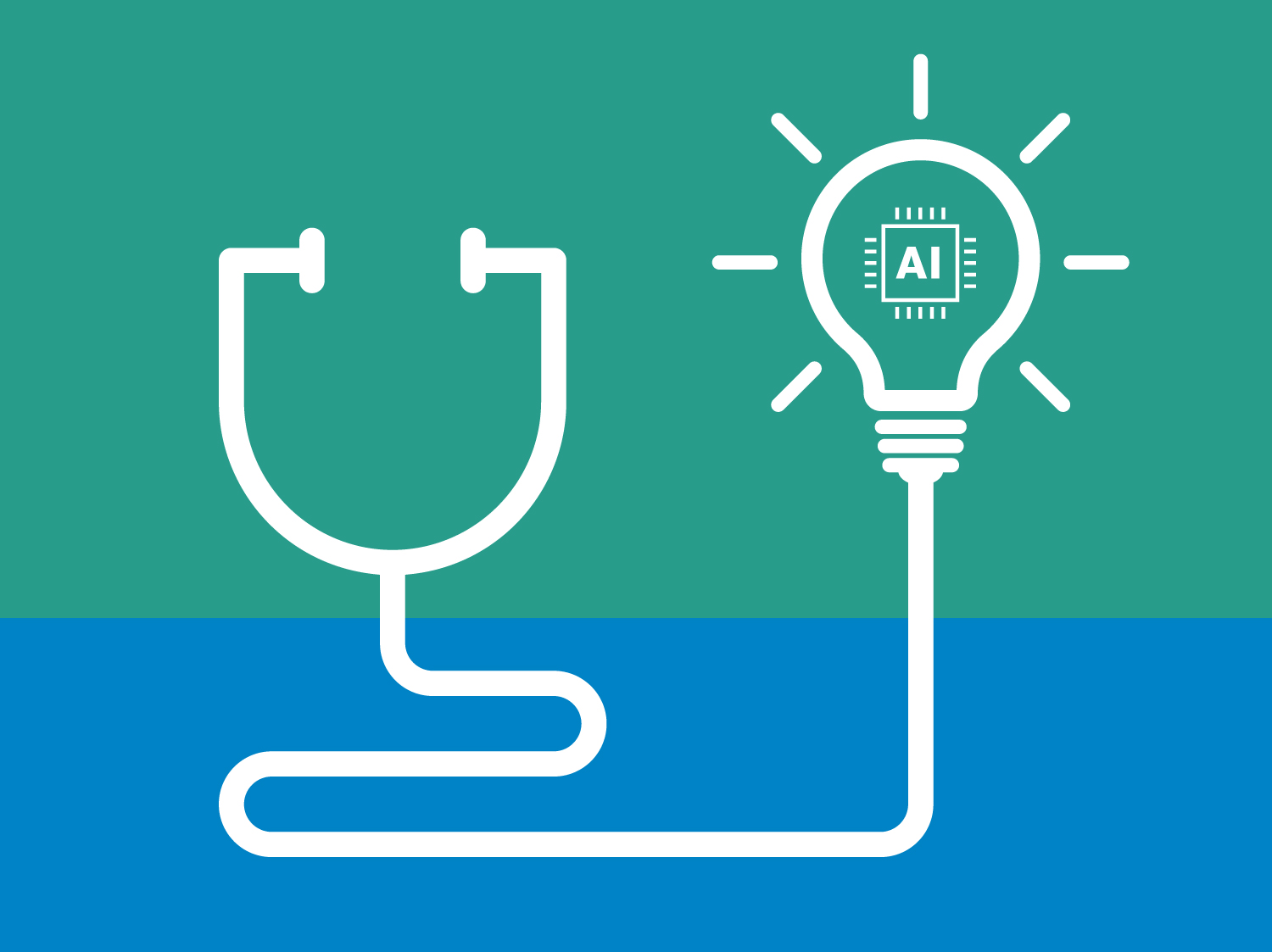Sponsored
A new Rx: AI for operations in health care
Hospitals and pharmaceutical companies today are using artificial intelligence to streamline the back office.
In association withPhilips
We may think of artificial intelligence (AI) in health care in terms of scientific advances, such as a cure for cancer or a science-fiction tricorder-like device. But in the real world, AI is making its initial impact in workflow and administrative tasks. That’s not to say AI technologies aren’t being used for genuinely exciting work in radiology, drug discovery, or to flag high-risk patients in covid-19 analysis.

A new Rx: AI for operations in health care
This content was produced by Insights, the custom content arm of MIT Technology Review. It was not written by MIT Technology Review’s editorial staff.
And the data shows it: according to a recent MIT Technology Review Insights survey of 1,004 AI experts, the top three uses for AI in health care are in quality control (60%), customer care and support (44%), and monitoring and diagnostics (42%). The importance of quality control in health care is obvious—better medicines and diagnostics help everyone from doctors to patients to pharmaceutical and insurance companies. Some might think that putting resources into the health-care back office is a cop-out. After all, isn’t the point of technology to save lives? But attention to “paperwork” by health-care technologists and vendors is a good thing.
Download the full report.
Deep Dive
Policy
Is there anything more fascinating than a hidden world?
Some hidden worlds--whether in space, deep in the ocean, or in the form of waves or microbes--remain stubbornly unseen. Here's how technology is being used to reveal them.
A brief, weird history of brainwashing
L. Ron Hubbard, Operation Midnight Climax, and stochastic terrorism—the race for mind control changed America forever.
What Luddites can teach us about resisting an automated future
Opposing technology isn’t antithetical to progress.
Africa’s push to regulate AI starts now
AI is expanding across the continent and new policies are taking shape. But poor digital infrastructure and regulatory bottlenecks could slow adoption.
Stay connected
Get the latest updates from
MIT Technology Review
Discover special offers, top stories, upcoming events, and more.